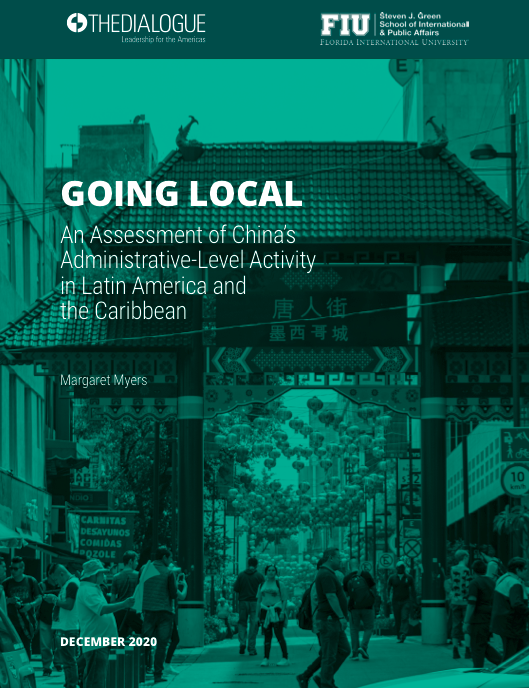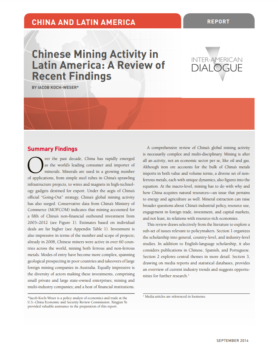The Politics Of Disaster Relief
After a 7.0 magnitude earthquake struck Haiti, the aftershock reached China in ways that few anticipated.The earthquake forced Chinese leaders to navigate the tricky politics of disaster relief.
Chinese banks, companies, and governmental entities have for many years sought new avenues for engagement with the Latin America and Caribbean (LAC) region's investment environments and political systems, whether through the acquisition of assets in strategic sectors or the cultivation of relationships at various levels of government and society. More recently, China has promoted a “multi- tiered” approach to engagement with the region to generate new pathways and opportunities for commercial deal making and political exchange, including a growing focus on engagement with local-level actors and entities in LAC.
Our new report, co-published by the Florida International University Stephen J. Green School of International and Public Affairs, examines the evolving nature of China-LAC subnational engagement, documenting outreach by a range of Chinese actors, including government and quasi-governmental entities, Chinese provincial authorities, company representatives, and independent interlocutors, as well as by LAC local government officials and others in the region.
After a 7.0 magnitude earthquake struck Haiti, the aftershock reached China in ways that few anticipated.The earthquake forced Chinese leaders to navigate the tricky politics of disaster relief.
Despite reports in recent months that Mexican manufacturing is experiencing a resurgence, Mexico’s industrial sector faces tremendous challenges.
China has rapidly emerged as the world’s leading consumer and importer of minerals.

